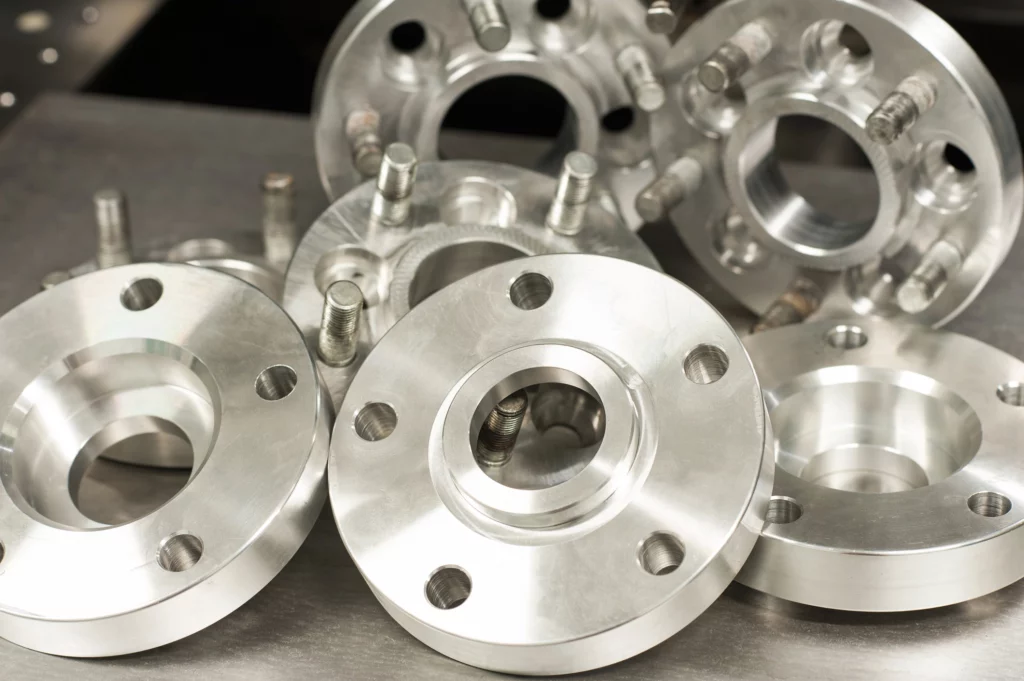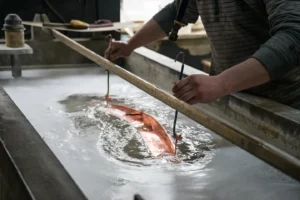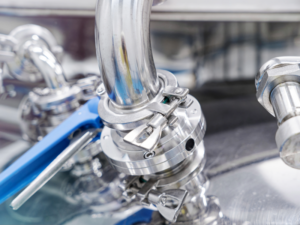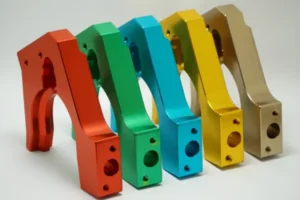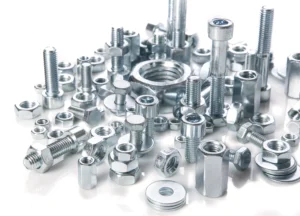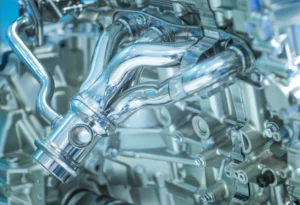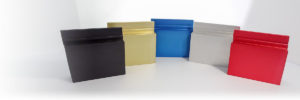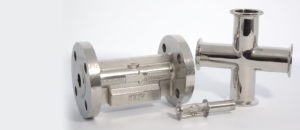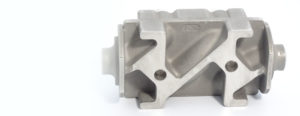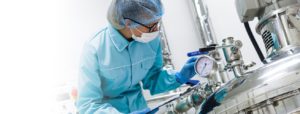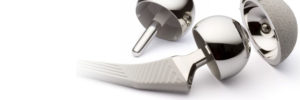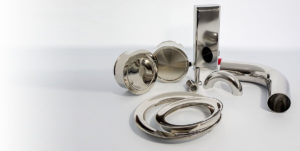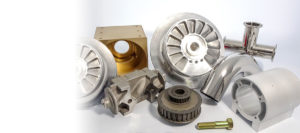From jet engine blades and landing gear to surgical tools and dental instruments, passivation plays a significant role in human safety.
Metal finishing is an intricate art, interwoven with science, to ensure the longevity and performance of metal components. At the core of this discipline lies passivation, an essential process that countless industries rely upon.
Understanding Passivation at Its Core
Passivation is a process that enhances the corrosion resistance of stainless steel and other metals. When metals like stainless steel are exposed to oxygen, they naturally form an oxide layer. By treating the surface with a mild oxidant, often an acid, a thin, protective oxide layer forms, shielding the metal from the corrosive environment and preventing further surface degradation.
The primary goal of this surface treatment is to prevent premature corrosion and extend the component lifespan. By removing impurities and contaminants, the process creates cleaner surfaces. Passivated parts often have a brighter, more polished appearance. It also helps to maintain the integrity of the metal by preventing unwanted reactions which might compromise the metal’s structural strength.
Types of Metals and Passivation
Though stainless steel often takes center stage, other metals too bask in the protective embrace of passivation:
- Aluminum: Widely used in aerospace, its passivation escalates corrosion resistance.
- Titanium and Titanium Alloys: From medical implants to aerospace marvels, passivation enhances their endurance and compatibility.
- Nickel Alloys: These thrive in harsh settings like the oil and gas sector, with passivation as their trusted guard.
A Closer Look at Passivation Processes
Passivation is like giving metal a protective shield. At its core, metals, especially stainless steel, contain elements like chromium. When exposed to air or an oxygen-rich environment, this chromium reacts with the oxygen to form a thin, invisible layer called chromium oxide. This layer acts as a barrier, preventing elements like water and air from reaching the metal and causing it to rust or corrode.
However, during the manufacturing or handling of metal components, tiny particles or contaminants can get on the surface. These particles can become starting points for corrosion, breaking the metal’s natural protective barrier.
Passivation is a process where the metal is treated, typically with a mild acid like citric or nitric acid. This treatment cleans off these contaminants, allowing the chromium in the metal to fully react with oxygen. As a result, a more consistent, robust protective layer is formed across the metal’s surface.
In simpler terms, think of passivation as giving your metal a deep cleanse, ensuring its natural protective barrier is at its best, and keeping harmful elements that cause rust and corrosion at bay.
In the realm of metal preservation, several passivation processes stand out, meticulously designed to enhance corrosion resistance and ensure longevity.
- Nitric Acid Passivation: This conventional method eliminates iron contaminants and promotes the growth of a chromium-rich oxide layer. While effective, it’s crucial to handle with care due to its aggressive nature.
- Citric Acid Passivation: A safer and more environment-friendly alternative to nitric acid, it not only cleans the surface but also promotes the passive oxide layer’s formation.
- Electropolishing: Beyond merely passivating, this process smoothens the metal surface. It enhances the passive film thickness and provides an unmatched gleaming finish.
- Phosphoric Acid Passivation: Best for specific stainless steel grades, particularly when nitric acid might prove too harsh.
Industry-specific Insights: Benefits and Component Examples
Across various sectors, the power of passivation is evident in ensuring the longevity and reliability of components. Let’s take a closer look at these industries and the key examples highlighting the significance of this process.
Aerospace:
Aircraft components are exposed to high temperatures and intense pressures. The surface treatment ensures these parts can resist high-altitude corrosiveness, drastic temperature shifts, and wear from friction. AMF passivates components that face extreme conditions such as jet engine blades, landing gear assemblies, and hydraulic systems.
Medical:
Medical instruments and equipment must remain sterile, and any form of corrosion could introduce contaminants, risking infections. Passivation of knee or hip replacements, surgical tools, bone screws, and dental instruments prevent premature corrosion and frequent replacement.
Food Processing:
The oxide layer enhancement guarantees equipment longevity in a field where acidic and alkaline ingredients often flow. It aids in ensuring the tools and equipment such as conveyor belts and mixing paddles or stainless steel tanks used in breweries or dairies remain uncontaminated.
Semiconductor Manufacturing:
Computer chip manufacturing tools require ultra-clean surfaces for optimum device performance. Any contamination of components such as wafer carriers, deposition equipment, or etching tools can lead to device failures.
Automotive:
Automobile parts require resilience against varying climatic conditions, ensuring vehicle safety and longevity.
Passivation for the automotive industry includes engine parts, chassis components, and exhaust systems.
The World Without Passivation’s Shield
In the absence of this corrosion resistance treatment, metal stands exposed and over time would be vulnerable to:
- Components corroding prematurely, forcing frequent replacements.
- Skyrocketing maintenance costs alongside declining efficiency.
- Critical industries, like aviation and medical, grappling with potential disasters due to compromised equipment integrity.
AMF Technologies stands as a beacon for quality and expertise in the world of metal finishing. We understand the nuances of metals and finishing processes to ensure the desired results and adherence to industry-specific standards.
Reach out to us today for a quote or to learn more about how we can elevate the performance and lifespan of your products.
